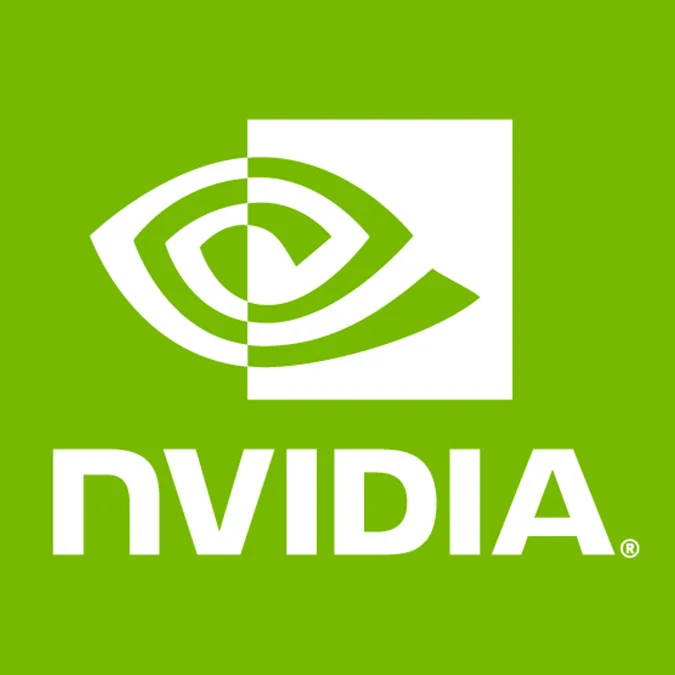Is NVIDIA Buying AGEIA Good For Linux?

Going back to 2005, AGEIA Technologies has expressed interest in offering an SDK and PPU driver for Linux, but no supportive driver has yet to exist (Ageia PhysX To Support Linux). The PhysX SDK software though is supported on Linux (libphysx) and will be found in the Unreal Tournament 3 Linux client (permitting it ships).
Though with this afternoon's announcement of NVIDIA acquiring AGEIA, we wonder how this could impact the level of PhysX support for Linux. As NVIDIA actively supports a binary driver for their GeForce and Quadro products, we'd hope that once these GeForce+PhysX graphics cards are introduced we will find support within the NVIDIA Linux driver. We also hope the future bundling of PhysX IP into NVIDIA's GPUs won't hamper their rumored open-source strategy. What do you think of the AGEIA acquisition? Will it offered accelerated PhysX hardware support for Linux? Is this acquisition good for the Linux community?
Share your thoughts in this thread. The NVIDIA+AGEIA announcement can be read from NVIDIA's press room.
7 Comments

